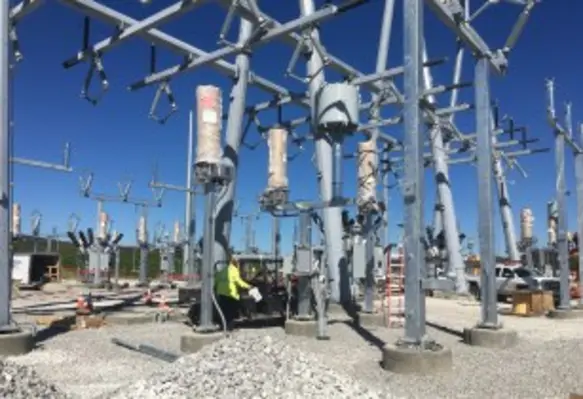Natural gas consumption grew 1.6 per cent to 3528 bcm in 2016, according to CEDIGAZ, driven by multiple structural and temporary factors
This positive growth is similar to the previous year’s and also in line with Cedigaz short and medium-term natural gas demand forecast.
These recent developments in natural gas demand illustrate the influence of mixed drivers. More affordable natural gas prices in 2016 have given a boost to natural gas and LNG demand in both industrialised (Europe) and emerging markets. In addition, colder than usual temperatures in the final months of 2016 in the main consuming markets had a strong upward effect on domestic gas sales.
Reversely, moderate global economic activity, the decline in energy intensity, weak electricity demand in OECD markets and the strong expansion of renewables are still weakening gas demand growth. It can be noted that the expansion of natural gas demand has remained below the historical average. In the first three quarters of 2016, it increased at an estimated rate of only 0.5 per cent, relative to the same period of the previous year.
Natural gas developments were varied across the world. The largest growths in gas demand were recorded in Europe (+6.1 per cent), the Middle East (+3 per cent), India (+9.5 per cent) and China (+8 per cent), contrasting with mixed results in the rest of Asia (-2 per cent), North America (+0.2 per cent), the CIS (+0.1 per cent) and Latin America (-1.3 per cent).
Faced with low oil prices and harsh conditions in the upstream sector, global gas production was sluggish in 2016. Cedigaz provisional estimates show a relative stagnation of global natural gas supply in 2016, marking a break after a continued growth of 1.8 per cent/year on average during the five previous years.
The international gas trade increased much faster than global gas demand, up 5.5 per cent to 1094 bcm, propelled by both pipeline trade (+ 5 per cent) and LNG flows (+ 6.7 per cent). This difference displays the growing regional and local imbalances resulting from natural gas shortages in many markets.
Fortunately, natural gas markets remained well-supplied in 2016, although the expected LNG surplus did not materialise in 2016 because of delays in project start-ups and technical problems at some LNG trains. Relatively abundant and low-priced LNG supply have opened a window of opportunity for natural gas and LNG, especially in the booming and price-sensitive emerging markets, where LNG has become a natural choice to address the shortfall between gas supply and demand.









